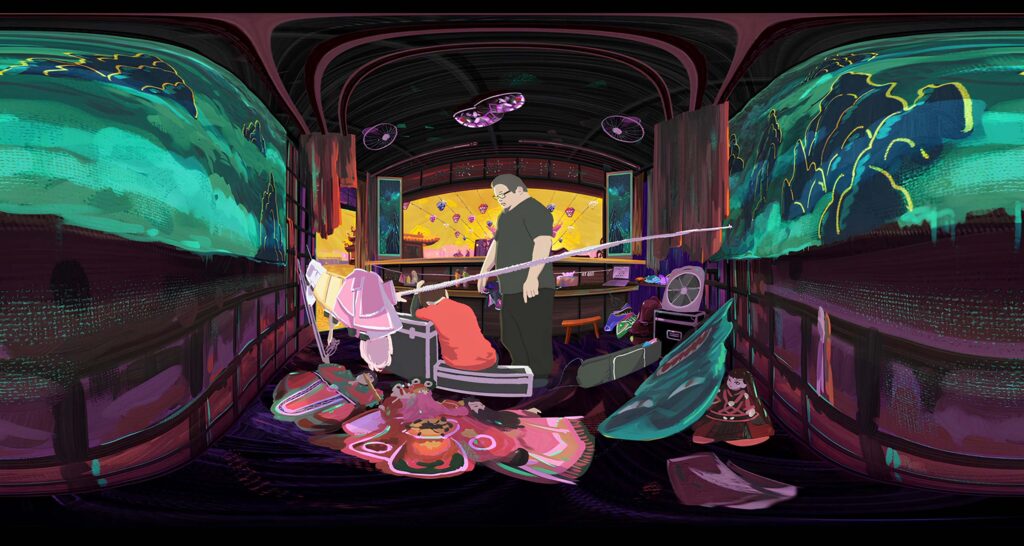Between January and June this year, watching TV and movies made up 30% of the time U.S. consumers spent entertaining themselves, according to a report from The NPD Group.
Reported time spent watching TV shows and movies in USA during the first half of this year rose 4% over last year, as screen-entertainment spending declined by 1%. Viewing hours from January through June 2021 made up nearly one-third (30%) of the time U.S. consumers spent entertaining themselves, according to the study.
However, there were large differences between the first quarter and the second, since the first quarter compares against viewing before the rise in COVID-19 cases led to widespread shelter-at-home orders, while the second quarter compares against the rising viewership levels achieved as people across the U.S. stayed home.
Watching movies in movie theaters remained significantly below pre-pandemic levels in the first half of the year. In part, entertainment time was diverted to in-home viewing through premium release windows and the proliferation of Netflix and other subscription video-on-demand (SVOD) services. However, the reduced number of theatrical movie releases limits the flow of new release movies into the ecosystem so there’s less content available through other video distribution channels.
SVOD engagement has pulled back, as consumers spend more of their time on going out to eat, travel, and other experiential activities. Time spent on experiences has grown 104% this year compared to last year.
Free streaming video is a growing supplement to viewers’ SVOD services. The digital transaction business experienced gains in 2020 and is now positioned to retain viewer engagement. These gains are happening, in part, because of shorter exhibition windows and the release of premium on-demand offerings. Traditional content viewing on cable, satellite TV, and packaged media continues to migrate to streaming. ‘Looking ahead, the mandate for the industry is to retain viewer engagement and win the battle for share of viewers’ time. As consumers migrate back to experiential activities, the available time to engage in watching TV shows and movies will naturally decline’, explained John Buffone, connected intelligence and media entertainment industry analyst for NPD.







